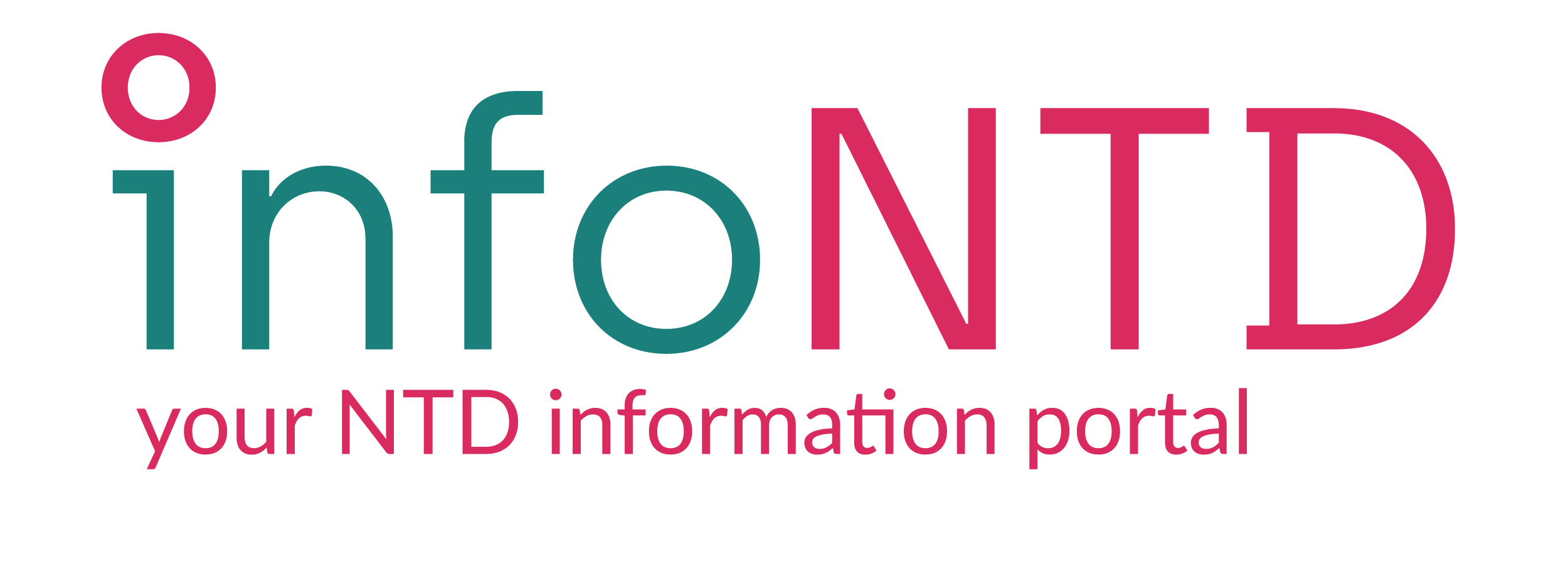Zero Leprosy Strategic Plans: Global and National Level: A Short Communication
Since the launch of multidrug therapy in 1982, the global leprosy situation has undergone significant changes, with the prevalence falling from over 5 million cases in the mid-1980s to <200,000 by the end of 2016. In India, the program reduced the prevalence rate from 57.8/10,000 in 1983 to <1/10,000 by the end of 2005, marking the achievement of the World Health Organizations (WHOs) target of eliminating leprosy as a public health issue. The WHO has recently introduced a new global leprosy plan called “Towards Zero Leprosy” as part of the disease-specific strategies outlined in the WHO's roadmap for neglected tropical diseases (NTDs) 2021–2030. This strategy aims to achieve interruption of leprosy transmission by 2030 and provides a framework for direction, objectives, challenges, and strategic pillars at a global level. In India, a committee of over 80 experts in the field of leprosy developed the National Strategic Plan and Roadmap for Leprosy 2023–2027, which was published on January 30, 2023. This policy is aligned with the WHO's NTDs roadmap 2021–2030 and the Global Leprosy Strategy 2021–2030, both of which aim to interrupt leprosy transmission by 2030. In this article, we have discussed the strategic plans of both the National leprosy eradication programme (NLEP) and the WHO.

 infontd
infontd